INDUSTRY NEWS
NEWS
Yolandé Swanepoel receives SAAHSP’s President’s Trophy Award
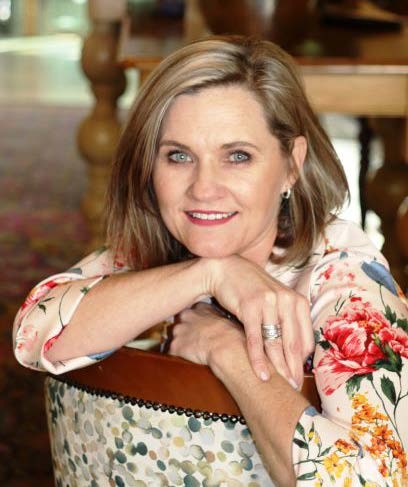
Yolandé Swanepoel, academic head of the Isa Carstens® Academy
The South African Association of Health and Skincare Professionals (SAAHSP) has honoured Yolandé Swanepoel, academic head of the Isa Carstens® Academy, with the President’s Trophy Award for 2024 in recognition of her dedication to the industry.
This prestigious award, presented by SAAHSP, acknowledges individuals who have made exceptional contributions to the advancement and support of the professional body.
Yolandé Swanepoel has been an instrumental figure in the beauty and wellness education sector for years. Her passion for elevating industry standards is evident in her active involvement with SAAHSP, where she has worked tirelessly to promote the professional development of therapists across South Africa.
Upon receiving the award, Yolandé expressed her commitment to the industry’s continuous upliftment. “For many years, we have strived to be recognised by other professionals as experts in our field of study. The growth of the industry over the past two decades has increased the need for setting standards, such as clear scopes of practice for every individual in the industry, which match the level of qualification received,” she remarked.
Yolandé has advocated for aligning industry practices with the National Qualifications Framework (NQF), a system used in South Africa to classify, register and standardise all qualifications in South Africa. She emphasised the importance of adhering to these levels, noting that they play a crucial role in maintaining the integrity of the profession.
“As an industry, we need to honour these levels and embrace the fact that for each level of qualification, there should be a different scope of practice. This will lead to the upliftment of standards in our industry, trust from the public knowing which treatments may be performed by which level therapist, and trust from other professionals, such as dermatologists and aesthetic doctors, knowing that we have a clear scope of practice in which we operate and abide by,” Yolandé explained.
Under her leadership, Isa Carstens® Academy has emphasised the importance of high standards and fostered a culture of continuous improvement and professional growth among its students and alumni.
In her concluding remarks, Yolandé shared her mission to spread awareness about the importance of respecting each other’s scopes of practice within the industry. “SAAHSP, the professional body for our industry, has already registered designations with clear scopes of practice. It is my mission to ensure this information is spread as wide as possible to ensure we all stand together as an industry, respecting each other’s scopes of practice and working together to uplift the body, skin, and nail care industry.”
Yolandé Swanepoel’s receipt of the President’s Trophy Award is a testament to her unwavering commitment to the beauty and wellness sector. Her leadership continues to inspire many within the industry, setting a shining example of excellence and dedication to professional standards.
The National Bargaining Council appoints chair and vice chairpersons
The National Bargaining Council for the Hairdressing, Cosmetology, Beauty and Skincare industry appointed Dane Frost as chairperson and Johan Steyn as vice chairperson for the 2024–2026 period at its annual general meeting in June 2024.
The role of a National Bargaining Council is defined by the Labour Relations Act (LRA) and consists primarily of facilitating agreements between trade unions and employer organisations. Along with Bargaining Councils in many other industries, the HCSBC takes its statutory authority from the South African Labour Relations Act (Act 66 of 1995).
The LRA provides the framework, but an effective bargaining council such as the HCSBC can only exist with meaningful participation from both employees’ and employers’ representatives. The Council offers a platform for discussions, negotiations, and the formulation of collective agreements. Once we reach an agreement, our role extends to the fair and impartial enforcement of the agreed terms and conditions of employment.
Environ recognised as the top medical skincare line at Aesthetic Everything Awards 2024
Environ’s dedication to consistent innovation and science has been recognised with not one, but three prestigious awards at the international Aesthetic Everything® Aesthetic and Cosmetic Medicine Awards in the USA.
Environ Cool Peel® Technology and Environ Electro-Sonic Ionzyme® DF Technology, two pioneering advancements, emerged as the winners in the “Best Medical Peels” and “Best in Class Professional Treatment Machine” categories for 2024, respectively.
The accolades didn’t stop there; Environ clinched an impressive hat trick by claiming the coveted “Top Medical Skin Care Line” award for the seventh consecutive year.
The commendation for Cool Peel Technology comes as Environ commemorates 30 years of the ground-breaking technological innovation, developed by Dr Des Fernandes. The technology is a revolutionary, non-invasive, intelligent approach to skin peeling that safely and effectively helps to visibly brighten the appearance of skin. While traditional approaches to skin peeling are based on the destruction of skin cells, Environ’s Cool Peel Technology works to support the effects of the natural processes of healthy skin.
Winning “Best in Class Professional Treatment Machine”, Environ Electro-Sonic Ionzyme® DF Technology, also pioneered by Dr Des Fernandes, was the first in the world to combine low frequency Sonophoresis and pulsed Iontophoresis. Harnessing the power of both technologies speeds up and intensifies the treatment effect significantly, allowing Environ’s result-driven formulations to be more effective, making a real lasting difference to skin, for life.
Environ Group chairperson Val Carstens says “It is indeed a great honour as chairperson to receive these three incredible awards. A brother and sister partnership are indeed overwhelmed to also receive the incredible honour of Top Medical Skin Care Line for the seventh consecutive year. Congratulations to my brother, Des, for being honoured for his Cool Peel and the DF Ionzyme Technology.”
She added: “It is also a wonderful and inspiring achievement of the years of research and development of our extensive range of products. The passion, commitment and hard work of the Environ team as well as our distributors worldwide striving to meet our vision of creating a world where beautiful skin is the norm and not the exception, and awards like these make the journey completely worthwhile.”
Dr Des Fernandes, founder and scientific director says, “I am deeply honoured by these exceptional awards, which acknowledge Environ’s original concepts and research: firstly, to deal with the physiological changes of photoaging; secondly, to remove the scarring associated with most of the treatments to smoothen photoaged skin, and finally to establish treatments to enhance the penetration of active molecules that work synergistically with natural physiology in order to return skin to its more youthful state. In the beginning we were ridiculed for these ideas, but we’ve persisted for nearly 30 years in believing the science and natural chemistry to rehabilitate skin.”
Japanese scientists create realistic, self-healing skin for robots
Scientists at Tokyo University in Japan have developed artificial skin for robots that is soft like real skin and can repair itself if cut.
The breakthrough, inspired by human anatomy, promises advancements in humanoid robotics and aesthetic medicine.
The research, published in the journal Cell Reports Physical Science, concluded that while this technology shows promise, it will take many more years of testing before it becomes a practical reality.
In addition to advancing robotics, this technology is likely to also have applications in research on skin ageing, cosmetics, and surgical procedures, including plastic surgery.
The scientist team successfully attached “living” artificial skin to robot faces, creating more realistic smiles and other facial expressions.
The researchers said this breakthrough was inspired by the structure of human skin ligaments, and now paves the way for convincingly realistic, moving humanoids with self-healing skin that will not easily rip or tear.
The skin is soft and can repair itself, addressing one of the major challenges in previous attempts to integrate living skin with robots.
Past efforts to attach skin to robots has been difficult, primarily due to the damage caused by mechanical movements.
The team initially tried using mini hooks to anchor the skin, but this method proved problematic as it damaged the skin. To overcome this, the researchers took inspiration from human anatomy. In humans, skin is anchored to underlying structures by ligaments made of flexible collagen and elastin.
To replicate this, the team drilled numerous tiny holes into the robot’s surface and applied a collagen-containing gel before layering the artificial skin on top.
The gel filled the holes and securely tethered the skin to the robot, allowing it to move with the mechanical components without tearing or peeling away.
Lead researcher Professor Shoji Takeuchi explained, “By mimicking human skin-ligament structures and using specially made V-shaped perforations in solid materials, we found a way to bind skin to complex structures. The natural flexibility of the skin and the strong method of adhesion mean the skin can move with the mechanical components of the robot without tearing or peeling away.”
L’Oreal-UNESCO for Women in Science

Astrategic roundtable discussion in celebration of Women’s Month was held by L’Oréal South Africa, in partnership with UNESCO and the Department of Science and Innovation, in August.
On 21 August 2024, L’Oréal South Africa, in partnership with UNESCO and the Department of Science and Innovation, hosted a strategic roundtable discussion in celebration of Women’s Month.
The event, titled “Shaping the Future: Empowering women in science through global collaboration and local action,” brought together experts to address the challenges and opportunities in science.
The discussion focused on driving progress that enables women and girls to make significant contributions across diverse scientific disciplines.
The L’Oréal-UNESCO For Women in Science initiative began 21 years ago and has supported and raised the profile of 107 laureates and more than 3,100 talented young doctoral and post-doctoral scientists, providing research grants in 117 countries.
Table talk: Inspirational words
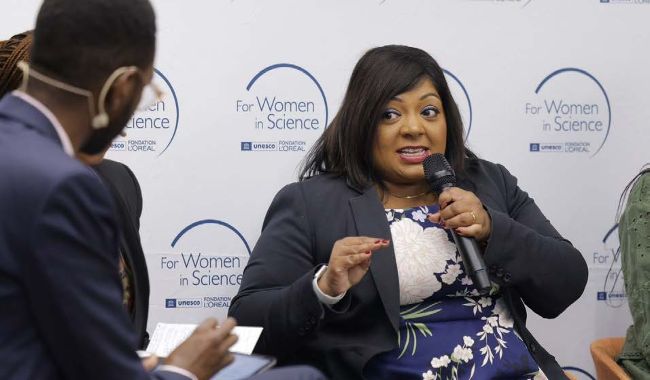
Rovani Sigamoney,
education programme specialist, UNESCO Harare
Rovani played a key role in the discussion, underscoring the powerful impact of global collaboration and local action in empowering women in science. She illustrated how international partnerships and grassroots initiatives can join forces to dismantle barriers for women and girls in scientific fields.
Additionally, Rovani emphasised the importance of fostering inclusive opportunities and shared valuable insights into UNESCO’s initiatives, which are spearheading significant changes in policy and practice across diverse regions.
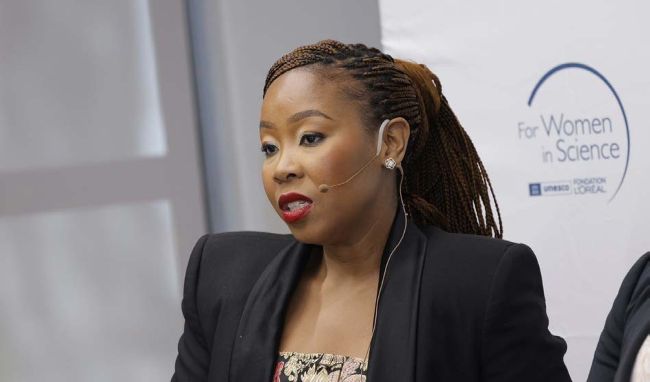
Margret Molefe,
executive deputy chairperson, South African BRICS Youth Association
Margret passionately emphasised the importance of inspiring young women to confidently pursue and thrive in science careers. She shed light on the challenges young women often face in STEM fields and underscored the need for mentorship, representation, and support systems that empower them to break through these barriers.
By sharing strategies to boost confidence and ambition, Margret highlighted how youth organisations and collaborative efforts can play a pivotal role in shaping the next generation of female scientists. These efforts not only create opportunities for individual success but also contribute to a stronger, more diverse scientific community that drives innovation and progress for everyone.
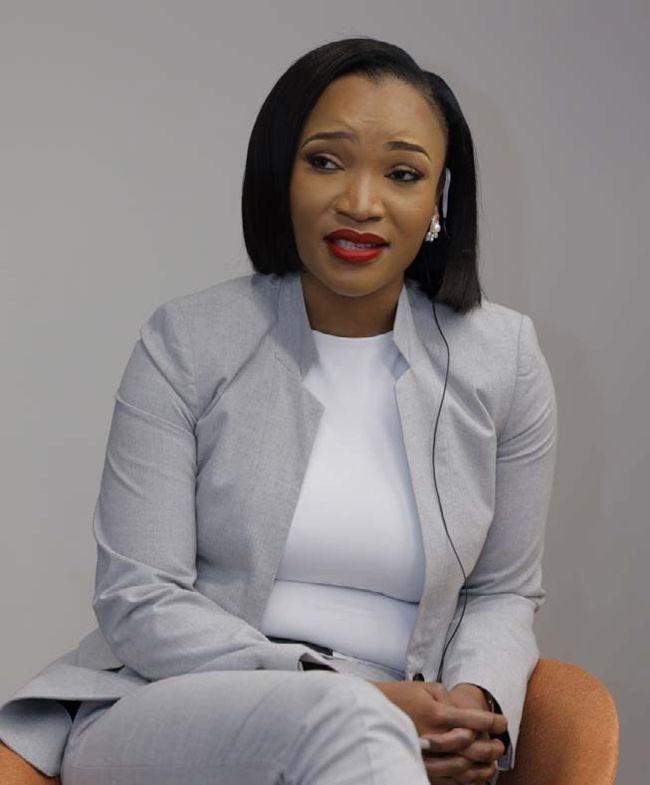
Dr Ayanda Motau,
dermatologist
Dr. Ayanda enriched the discussion by highlighting the exciting emerging fields and opportunities available for women in science. She stressed the importance of staying informed about the latest developments within scientific disciplines, particularly in dynamic areas like dermatology and healthcare.
Dr Ayanda showcased how technological advancements and research breakthroughs are creating new avenues for women to lead and innovate. She passionately advocated for women to seize these opportunities, emphasising the need for greater visibility and representation of women in pioneering scientific endeavours. By stepping into these cutting-edge fields, women can drive forward innovation and make a lasting impact on the future of science.
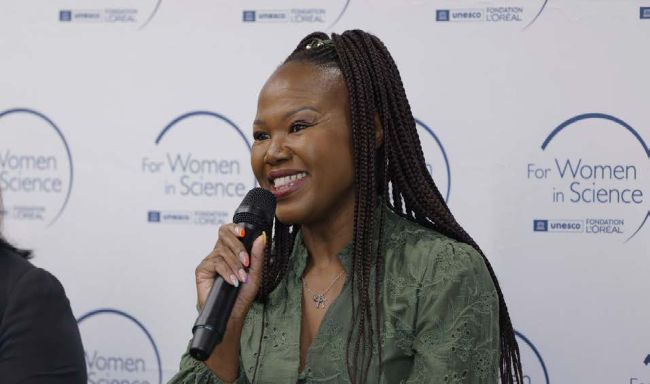
Professor Patience Mthunzi-Kufa,
head of biophotonics, Photonics Centre CSIR
Professor Patience made a persuasive contribution by focusing on expanding access to science education for young women. She passionately highlighted the importance of breaking down barriers that restrict young women’s participation in STEM fields, especially in specialised areas like photonics.
Professor Patience shared inspiring strategies to enhance educational access, such as mentorship programmes, scholarships, and fostering more inclusive environments within academic institutions. She also emphasised the vital role of early exposure to science and technology, advocating for initiatives that ignite a passion for science in young women and empower them to pursue and excel in scientific careers.
Through these efforts, young women can confidently step into the future of STEM, driving innovation and making meaningful contributions to the global scientific community.
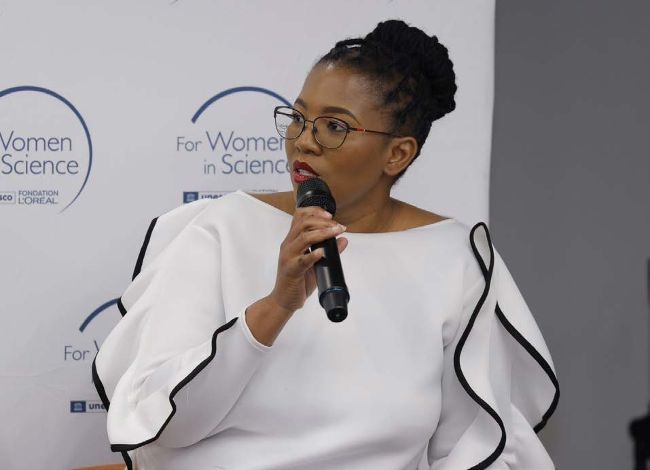
Mmampei Chaba,
chief director for multilateral and Africa engagements, DSI
Mmampei discussed the pivotal role of public-private partnerships in advancing women in science. She highlighted how collaboration between government, private sector, and international organisations can create sustainable opportunities for women in STEM fields.
She emphasised the importance of leveraging resources and expertise from both sectors to address gender disparities and implement initiatives that support women’s career growth in science.